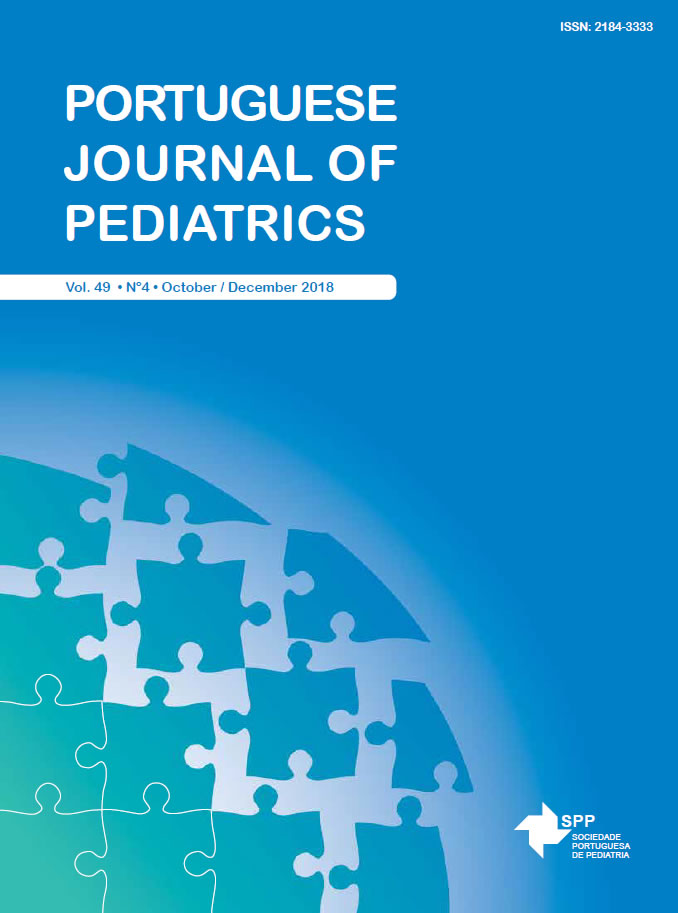Primary Ciliary Dyskinesia: Updates on Diagnosis, Follow-Up and Treatment
Date of submission: 09-12-2017 | Date of acceptance: 14-04-2018 | Published: 06-11-2018
DOI:
https://doi.org/10.25754/pjp.2018.13575Abstract
Primary ciliary dyskinesia is a rare genetic disease caused by defects in the beating pattern and in the structure of cilia, resulting in chronic respiratory and otorhinolaryngologic disease in both children and adults. The diagnosis is complex and has recently been reviewed by different groups. It is reached through a panel of screening and diagnosis that includes nasal nitric oxide measurement, ciliary structure analysis with electron microscopy, ciliary beat analysis with high speed videomicroscopy, and genetic testing. There is no specific treatment and the standards of care are based on the management of patients with bronchiectasis. Due to its complexity and multidisciplinarity, this condition should be managed by experienced specialized centres. For these reasons, the authors believe it to be pertinent to review the current evidence and the international guidelines regarding diagnosis, follow-up and treatment of patients with primary ciliary dyskinesia.









